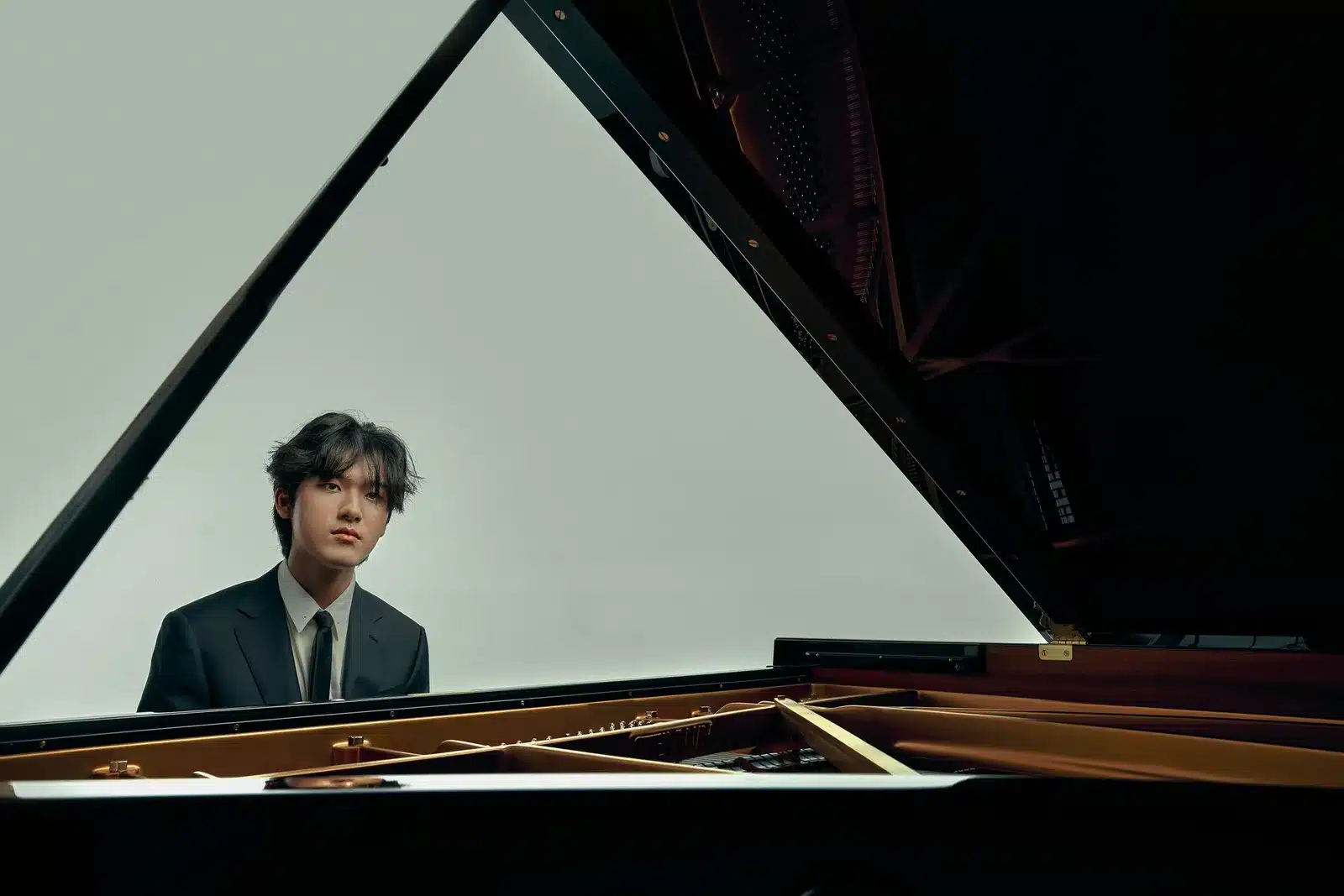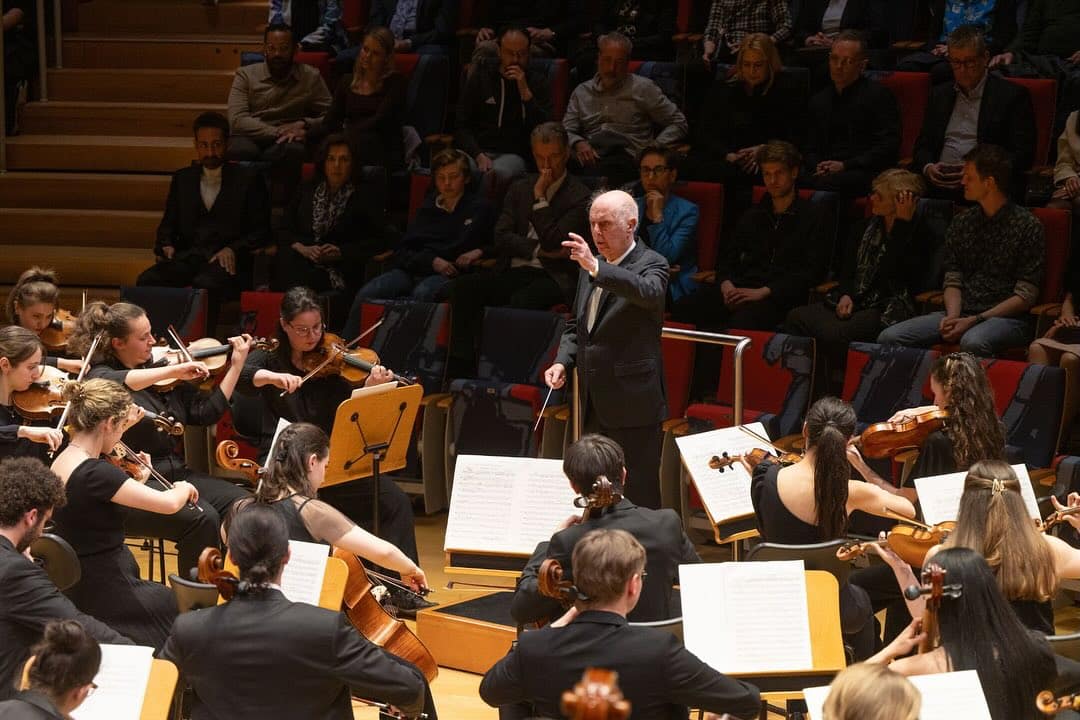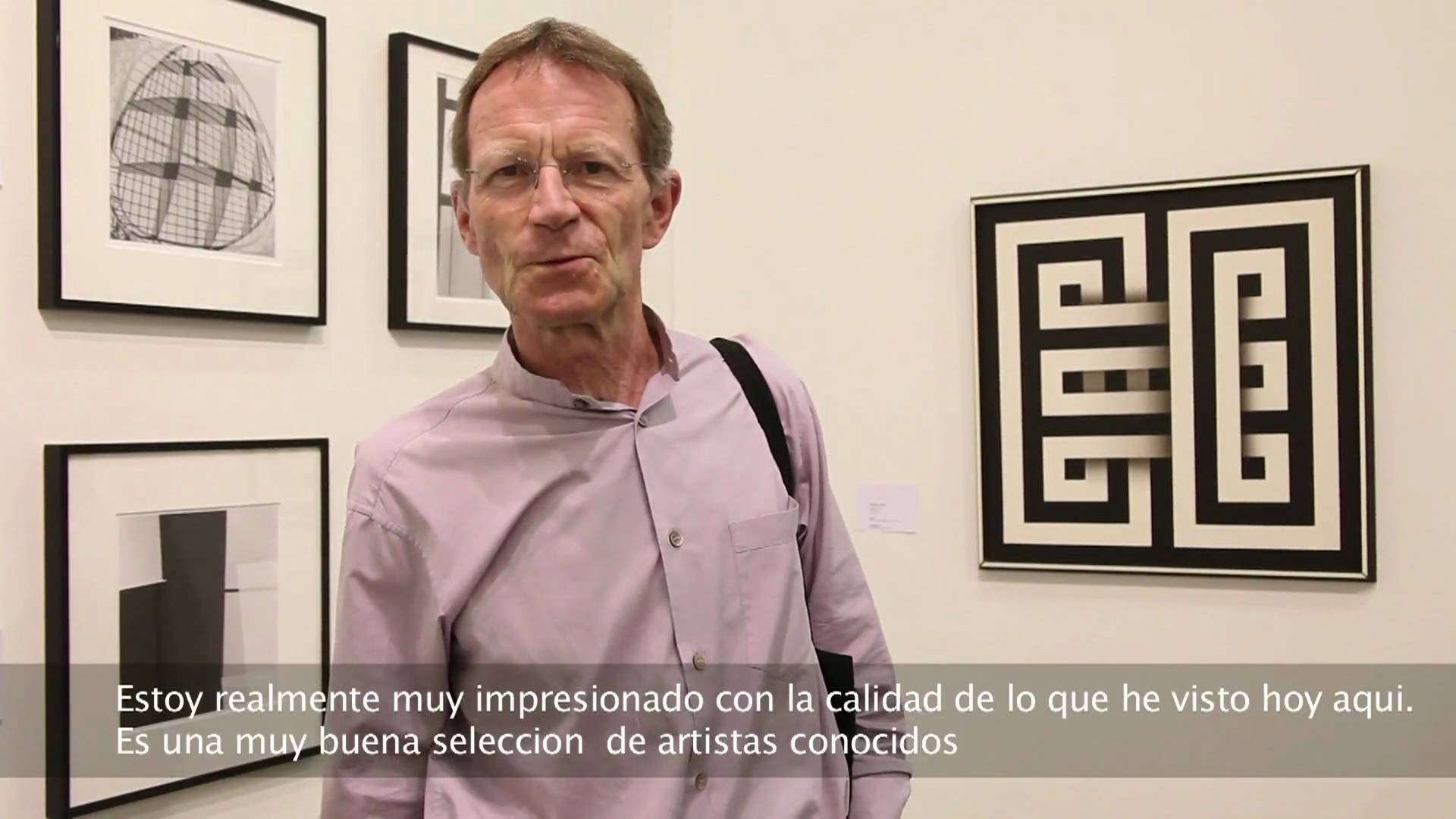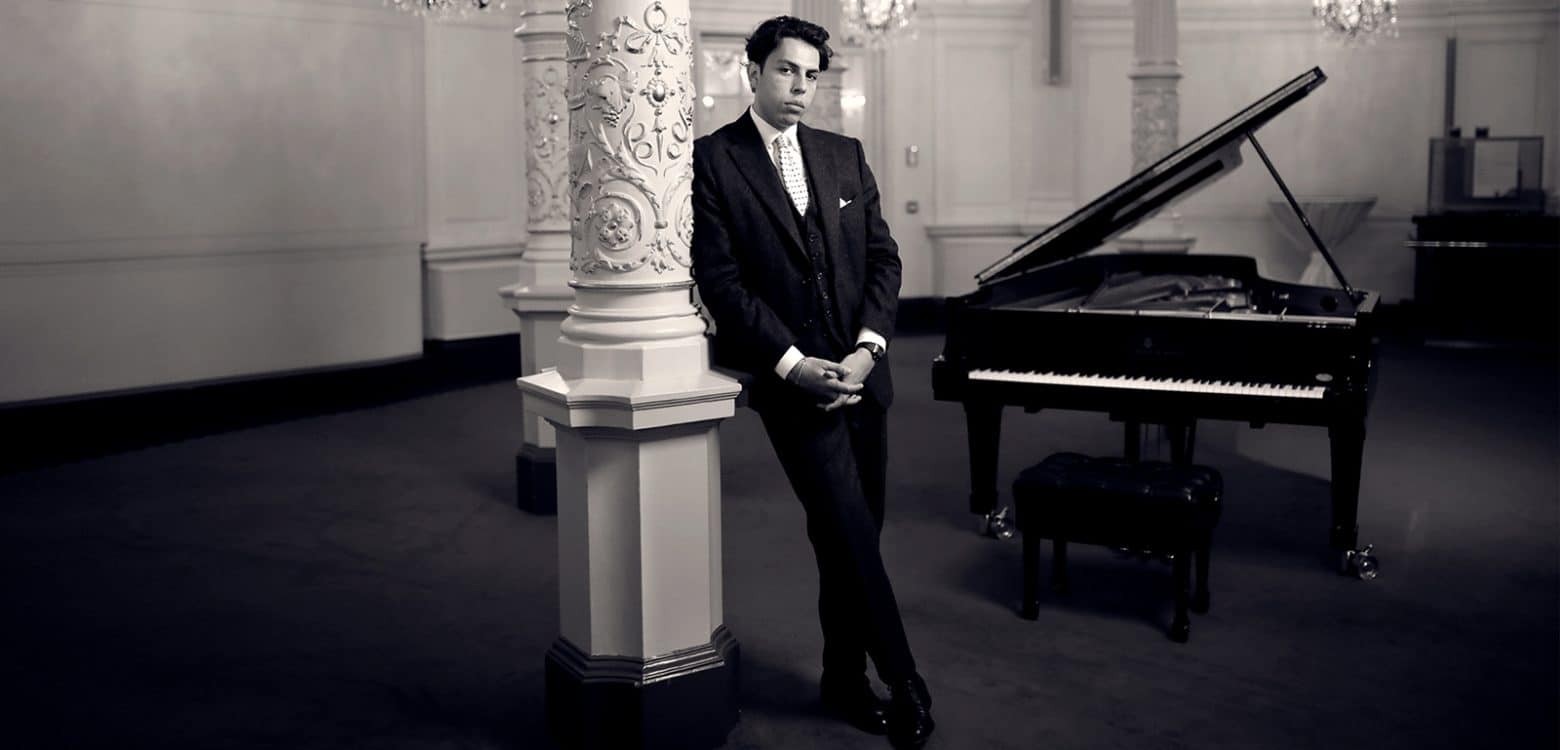Unreleased Jessye Norman comes to light
NewsThree years after her death, Decca have pulled together a box of unreleased masters, outtakes and concert recordings by the iconic American singer Jessye Norman.
It includes a Tristan und Isolde selection in which she sings both Isolde and Brangäne in a Leipzig session with Kurt Masur.
Plus Bejamin Britten’s little-known Phaedra Op.93, performed in Boston with Seiji Ozawa, and other goodies.
A treasure box from the undusted archive.






Comments